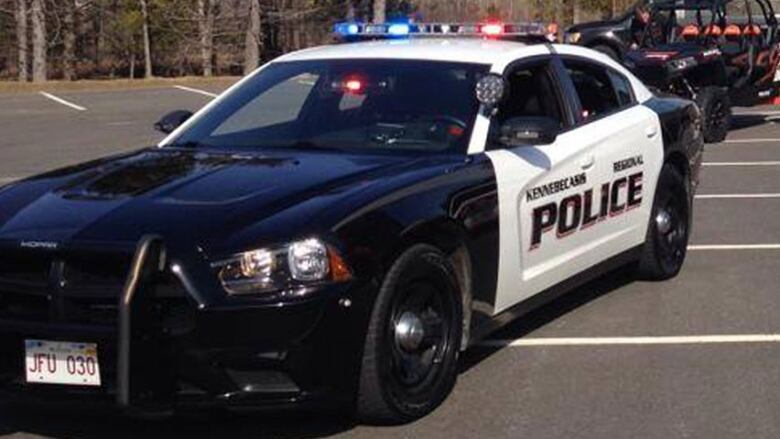National civil liberties group backs call for release of police shooting tape
Access to tape important so public can see police interaction with mentally ill man, group says

The Canadian Civil Liberties Association has added its voice to a call to release body camera footage from a fatal police shooting in Rothesay.
The organization has been vocal about privacy issues that come with police wearing body cameras.
But having public access to the tape is important, so the public can see how police interacted with a man who was mentally ill, acting executive director Noa Mendelsohn Aviv said.
- Video of fatal police shooting should be made public, commissioner says
- Rothesay police used reasonable force in fatal shooting, RCMP say
"There is a strong public interest in knowing what happened and a need for the public to be able to see for themselves."
Anne Bertrand, New Brunswick's access to information and privacy commissioner, has called for the release of the tape, saying that public interest outweighs privacy in this case.
Her decision came after a 15-month access to information battle by CBC News. Police had argued against releasing the video, citing privacy concerns.
The tape was recorded by the officer who shot and killed William David McCaffrey at his family's home in Rothesay in 2014.
Officer cleared of wrongdoing

According to a description of the footage, police tried to reason with him.
When McCaffrey began to harm himself, an officer tried to use a Taser on him, but it didn't make contact with his skin.
He then lunged at police, with knives in his hands.
"Fearing for safety, one police officer discharged his firearm twice," Bertrand wrote in her report.
The Kennebecasis Regional Police Force asked RCMP to investigate the shooting. RCMP determined that reasonable force was used.
"The public's confidence in the past few years in policing has been eroding," Kennebecasis regional police chief Steve Palmer said in an interview.
"But at some point in time, I think they have to have some confidence in some people that are providing the oversight, that they're doing what's appropriate."
Body cameras not common in Canada

She wants to see the police force release the video so people can see for themselves.
"If police believe they were upholding the law and appropriately handling a situation, then they too should have an interest in releasing that video," Mendelsohn Aviv said.
Bertrand's decision could put police forces across the country on notice that body camera footage may find its way into the public realm, according to Christopher J. Schneider, an associate professor of sociology at Brandon University.
"This might actually contribute to police forces not wanting to use cameras," said Schneider, who researches the impact of body-worn cameras in policing.

"I'm not entirely sure what benefit is going to be gained by the public seeing this," he said.
Could discourage use of body cameras
A relatively new concept in Canada, body-worn cameras are much more common in the United States. Several states have laws that permit the release of footage captured on the cameras.
Bertrand suggested her ruling could be the first Canadian test of how to handle footage from a body-worn camera and she hopes it will serve as a precedent.
But many questions around the use of the cameras remain.
The Canadian Civil Liberties Organization has said the cameras are a key accountability tool.
Bertrand's office doesn't have the power to make an order, and the Kennebecasis force isn't required to follow her recommendation.
Palmer, the police chief, has said he is studying the decision and obtaining legal advice on what to do next.
McCaffrey's family declined an interview request, asking for privacy.